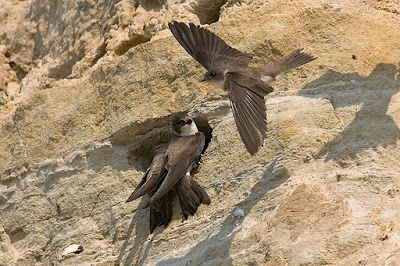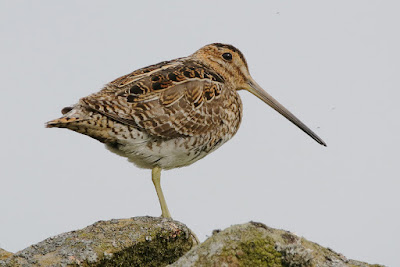What a frustrating week! Here in North West England we’ve had at least three and a half days of windy and rain-filled days. Now on Friday and with the promise of better weather for weekend, the morning was still cloudy, grey and breezy from the north - not the best for birding or photos.
All week I watched the garden fill with Goldfinches, and where like many British gardens, the highly successful Goldfinch is a common and often numerous visitor. Other species qwe see are typical suburban companions - Blackbird, Dunnock, Wood Pigeon, Collared Dove, Great Tit, Blue Tit, Coal Tit, Robin, House Sparrow, Greenfinch, Starling, Magpie and Wren. This week we’ve had a couple of visits from a Great-spotted Woodpecker, but mainly it’s Goldfinch galore.
So this morning and with our south facing garden sheltered from the breeze I decided to do some garden ringing and see just how many Goldfinch are around. I did rather well by way of 33 birds - 23 Goldfinch, 4 Blackbird, 2 House Sparrow, 2 Blue Tit, 1 Dunnock and 1 Woodpigeon.
As one might expect at this time of year there are lots of juvenile Goldfinches about with my catch split 14/9 in favour of newly fledged birds. All of the adult Goldfinch were in various stages of their main post breeding moult.
Goldfinch
Goldfinch
Goldfinch
A juvenile Blackbird showed serious faults at the tip of the tail suggesting a food shortage immediately prior to its fledging.
Blackbird
Blue Tit
Dunnock
Woodpigeon
There’s ringing and/or birding tomorrow with more news and views from Another Bird Blog.
Linking today to Eileen's Saturday Blog.
Linking today to Eileen's Saturday Blog.

















































































